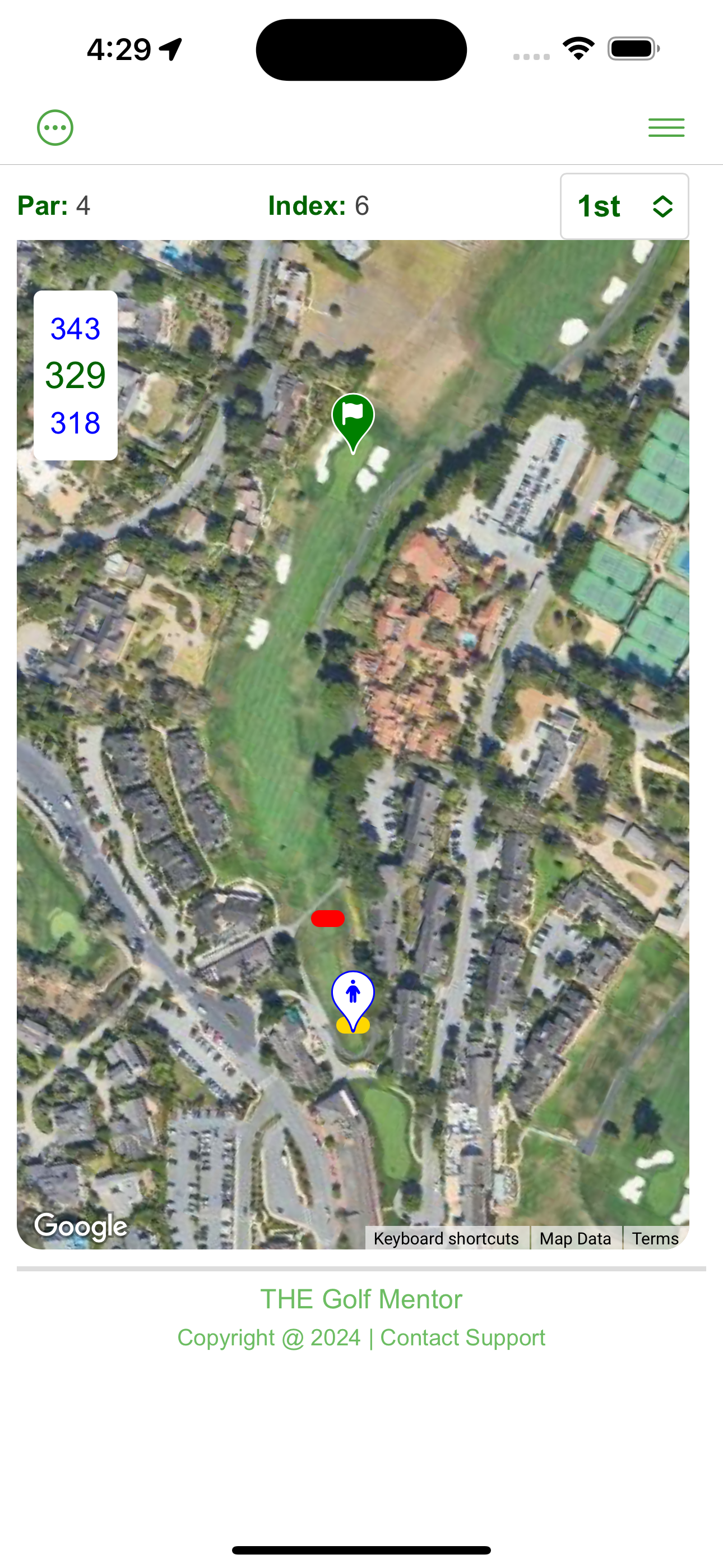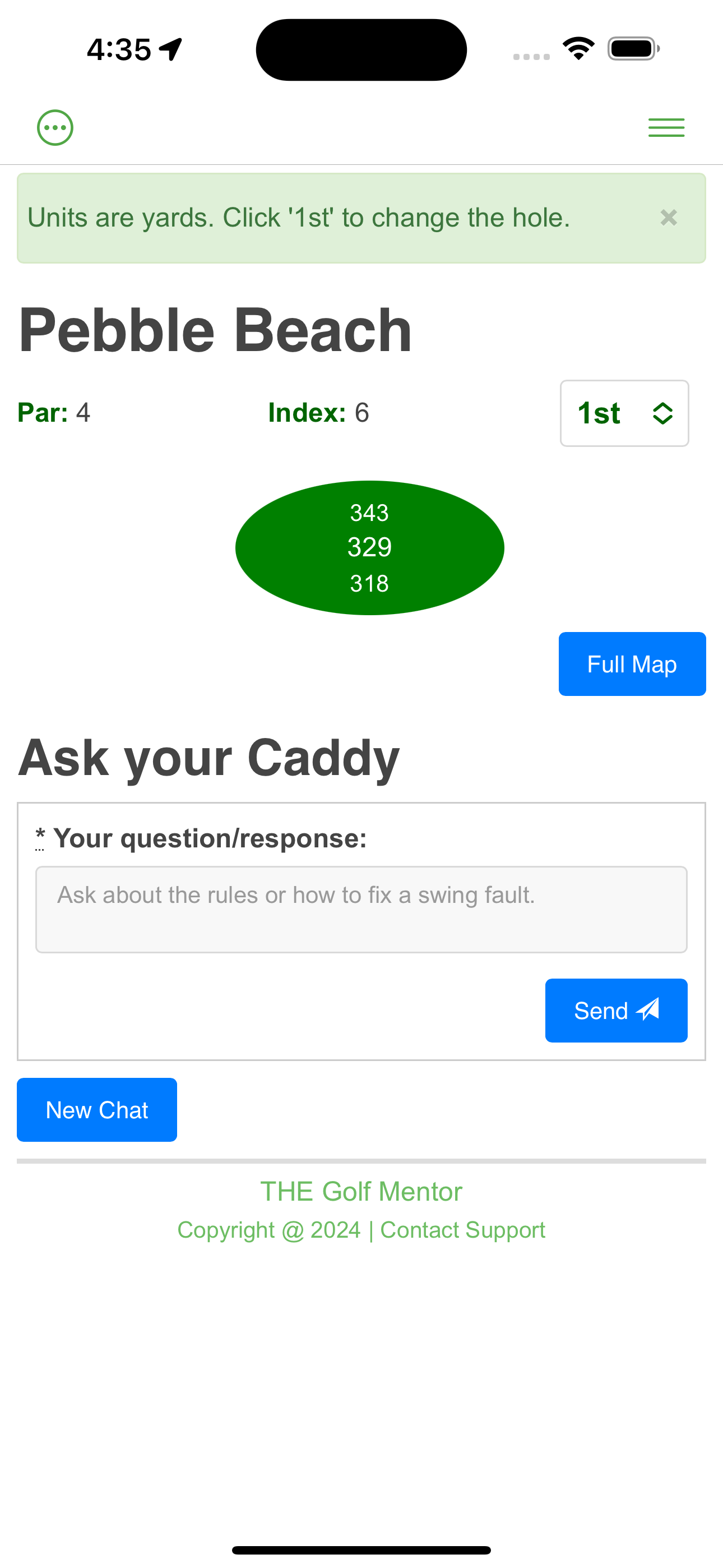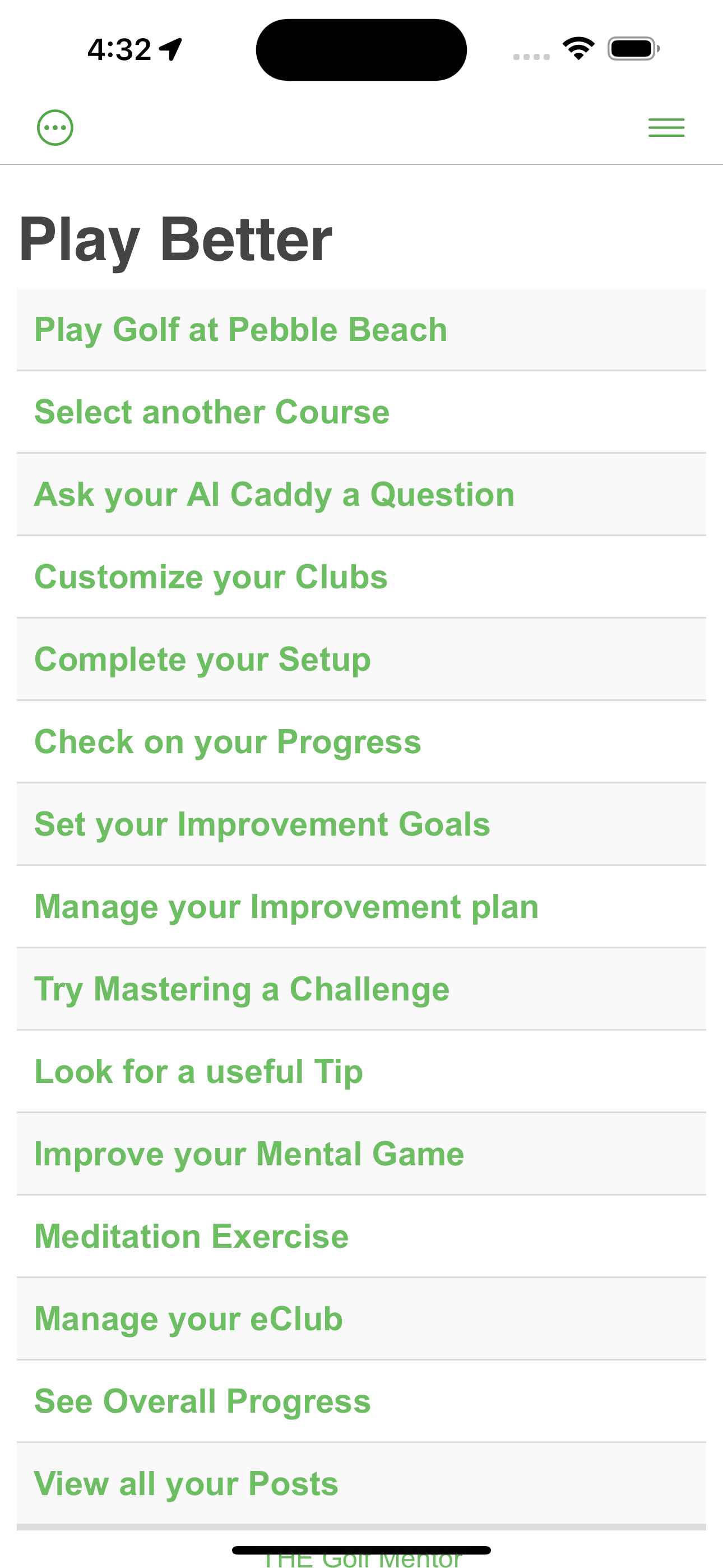Golf Rules - Part III
We have simplified these rules of golf so that you can understand these rules in easily. Something to keep in mind is that the idea behind most of these rules is that you should be trying to be fair. For example, if a green keeper has carelessly left a wheel barrow on the course, and your golf ball ends up next to it, then it would seem the fair thing is to move the wheel barrow. Indeed, that is what the rules of golf say.
Rule 20
Place, Lift and drop
Before a ball is lifted under a rule which requires it to be changed, you must mark the position of the ball. In case the ball has not been marked properly by the player, the player incurs a penalty of one stroke. The golf ball should be replaced immediately, if this is not done then the player incurs a penalty for breaching this rule.
If the player lifts the golf ball and the mark on the ball gets removed while lifting, then the golf ball needs to be replaced back in the same spot. There is no penalty. As well, if the ball is fumbled or moved in the process of marking or replacing it, there is no penalty, but the ball should always end up back on the marked position.
When a golf ball is dropped, it only the player who owns the golf ball who can drop it. The player must stand straight and erect when the ball is dropped. If the ball is dropped incorrectly, then the player receives a penalty of one stroke. When the golf ball is to be dropped, it must end up nearer the hole.
Re-dropping
A dropped golf can be redropped without penalty
(i) When the golf ball rolls into an water hazard
(ii) When the golf ball comes out of a hazard
(iii) When it rolls onto the green
(iv) When the golf balls rolls out of bounds
Rule 21
Cleaning the ball
Under this rule of golf, the ball when marked on the putting green it can be cleaned in a proper manner. It can also be cleaned when it needs to be marked elsewhere on the course; however there are some exceptions to this. It cannot be cleaned if it is moved for the purposes of identifying it, stopping it assisting another player, stop it interfering with another player, or to check if it is fit for play.
Rule 22
This deals with golf ball interfering with other players when it is stationary. If player believes that their golf ball might assist any other player they may mark the ball. It cannot be cleaned and should be replaced in the marked spot when it no longer interferes with other players.
If a player considers that another player\’s stationary ball might interfere with their play, then they can ask to have the ball marked. The other player must mark the ball, but cannot clean it.
Rule 23
The Rule to put a mark
These golf rules deals with loose impediments. Apart from a in a hazard, loose impediments can be removed. If you are not on the green, there is a penalty if you move the ball in the process of removing the impediment. On the green, there is no penalty if removing the impediment accidently moves a marker or a stationary ball, but the ball or marker must be replaced in the same position. If the ball is in motion, then a loose impediment that is in the path of the ball cannot be removed, even on the green.
Rule 24
Golf Obstruction
This rule of golf is about movable and immovable obstructions, when the golf ball lies on or on the obstruction or when it interferes with the player’s stance. A moveable obstruction could be an object like a wheel barrow or golf cart. An immoveable obstruction could be a sprinkler head or rubbish bin.
In the case of a moveable obstruction, the obstruction should be moved out of the way, unless the ball is on or in the obstruction. If the process of moving the obstruction causes the ball to move, then it should be replaced. If the ball is in or on the obstruction, then the obstruction should be removed and the ball dropped as near as possible to where it was on the obstruction.
If the ball is too close to an immoveable obstruction, the ball may be dropped within one club length of the nearest point of relief. The ball may be cleaned before dropping.
Rule 25
Abnormal ground conditions
This rule of golf deals with abnormal ground conditions. These include any casual water, ground under repair or a hole on the course made by a burrowing animal, a reptile or a bird. This abnormality could occur on any surface of the golf course. If the player’s golf ball is lying on the putting green, they may just lift the golf ball and place at the nearest immediate relief point. Elsewhere, the player must lift it and drop it if the ball within one club length of the nearest point of relief, no closer to the hole. If the ball is in a hazard, it should remain in the hazard.
To read more about the rules of golf, please click here
Free Trial of GPS Distances to the green



Want to Improve Quickly?
For over 13 years, Golf Mentor has been helping golfers enhance their skills. It is now powered by the amazing Artificial Intelligence of ChatGPT.
You can cancel at any time within the 14 days trial at no charge. By signing up, you are agreeing to our Terms and Conditions. All credit card transactions are directly processed by Stripe, who handle billions of dollars of transactions per year. Even using the Golf Mentor during the trial period can make a big difference to your game. Why not join the thousands of other golfers who have tried the Golf Mentor?